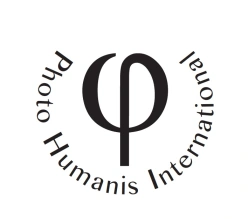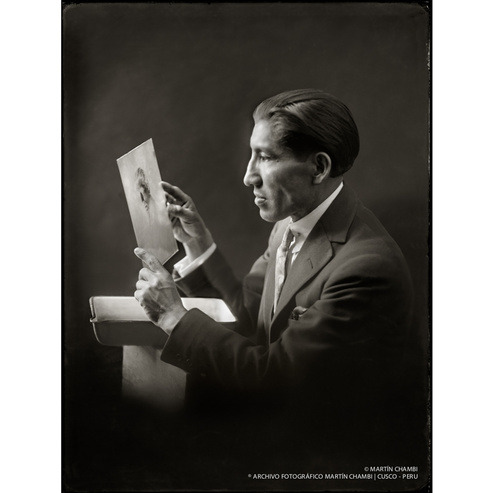
Martin Chambi – Selfportrait,Cuzco 1923
“I have read that in Chili people think that Indianshave noculture, that they are not civilized, that they are intellectuallyand artistically inferior to whites and Europeans. More eloquent is
my opinion, at least the graphic testimony. My hope is for a more
impartial and objective examination reveals this evidence. I think I
am representative of my race; my people speak up through my
photographies”. Martin Chambi, 1936.
This quote is representative of Chambi’s work which started in
the 1910’s and ended in the 1970’s. If we are interested in his
work it is because Chambi is one of the first photographer of
indigenous blood from Latin America to shot portraits of his people,
proud and deserving. The documentary and historical value of this
Peruvian artist is undeniable.
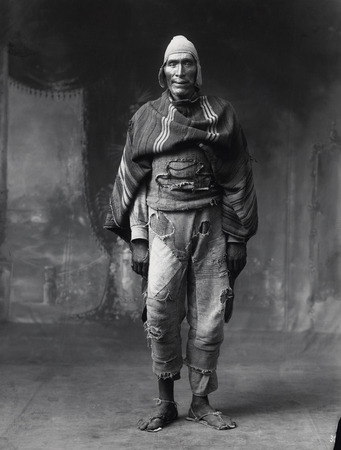
Martin Chambi, Indian from Paruro, Cuzco Studio, 1933.
Martin Chambi was born in 1891 in Puno department in Peru. He grew
up in a poor indigenous Quechua peasant family. After his father’s
death, while he was only 14 years old, he had to work for the Santo
Domingo Mining Company, a gold mine in Carabaya in South Est
Peru. This experience will change his life as he met English
photographers working for the same company whom will start his
passion for photography.
While at the time photography was a technical work, Martin
Chambi transformed it in an artistic creation. In 1908, he leaves for
Arequipa, the white city with eternal blue sky, where photography is
a growing medium and where many renowned photographers are. He
started to work for the “Studio Vargas” owned by the famous Max
T. Vargas, where families from the middle class and higher class went
to have their picture taken. Thanks to him Chambi will be able to
expose his work for the first time in 1917.
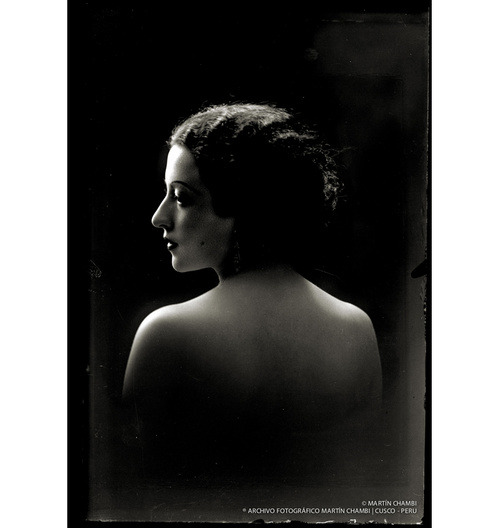
Martin Chambi, nude, Cuzco, 1936
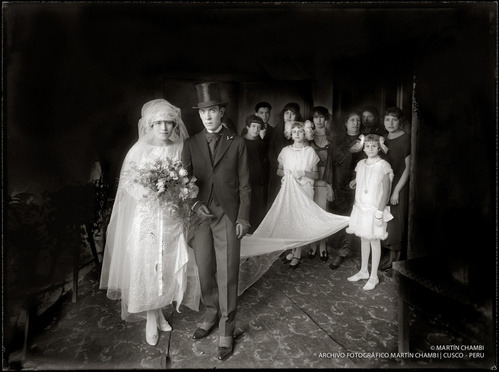
Martin Chambi, Don Julio Gadea’s wedding, Prefect of
Cuzco, 1930
The historical context in which Martin Chambi lives is favorable
to the development of his passion and will encourage him to go to
Cuzco, the of Inca’s capital city, in the 1920’s. Then and there
his career as an artist will bloom. He starts taking portraits of
people from Cuzco’s middle class. Moreover he develops his talent
exploring and taking pictures of this area packed with history and
social crises.
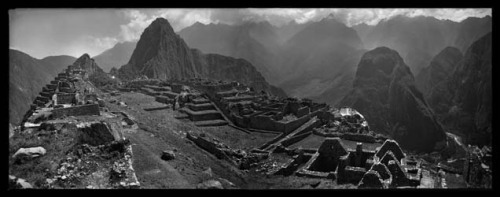
Martin Chambi, Panoramic view, Machu Picchu, Péru – 1925
Peru is then becoming an historical landmark in Latin America.
Thus, it is only in 1911 that the Machu Picchu Citadel, today one of
the most photographed places on earth, is officially discovered by
Hiram Bingham. A few years later, Chambi will contribute to the
growth of the popularization of the incredible place.

Víctor Mendivíl with the giant of Paruro – 1929.Martin Chambi
Through more than 30 000 pictures Martin Chambi reveals the
most well kept secrets of the Andes and its inhabitants.
Photographer, documentarist, artist and realist, Martin Chambi
reveals through each of his portraits the soul of his people and also
emphasizes the singularity of each person, landscape and situation he
photographed.
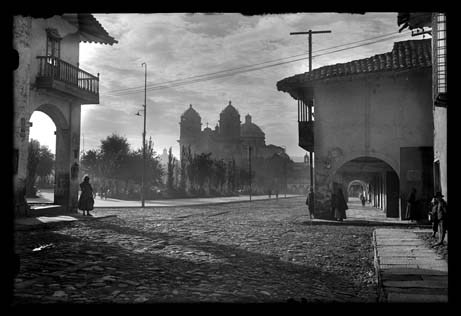
Martin Chambi, Sunrise at Plaza de Armas, Cuzco, 1925
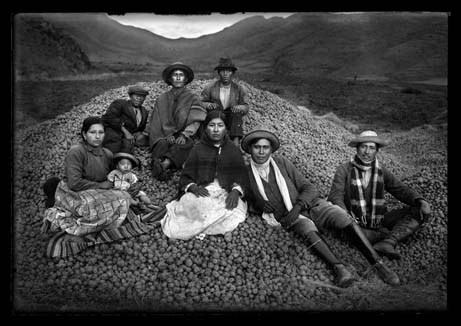
Martin Chambi, Ezequiel Arce and his potato harvest. Cuzco.
1939
Chambi takes photos in his studio, in the street of Cuzco and in
the mountains of his area. He documents his people and his region
history while showing his artistic sensitivity. His work allowed to
develop art photography in his country and shined throughout the
world.

Martin Chambi, organist in the chapel of Tinta, 1941
Chambi’s photographs send us back to the reality of inequality
between social classes, to the day to day life of the Peruvian people
and to the submission and the discrimination indigenous people have
to endure. It also gives them back there dignity and there elegance.

Martin Chambi, a begging child, Cuzco, 1934

Martin Chambi, Chicha and Sapo, traditions of Cuzco, 1931
While Chambi was still alive, his pictures were part of
expositions in Peru, Bolivia and Chili. He was also a photojournalist
for the newspaper La Crônica and the magazines Variedades
and Mundial. He took a job at an Argentinian newspaper
from 1918 to 1930 and had his pictures published in the most famous
National Geographic in 1938. In 1979 his pictures will
be put up on the walls of the Museum of Modern Art in New York City.
While he was still alive Martin Chambi worked hard to make his
work famous. Unfortunately, it took many years and the hard work of
Chambi’s daughter, Julia and his grand-son Teo Allain, for the work
of Martin Chambi to be recognized by his fellow citizen of Peru.
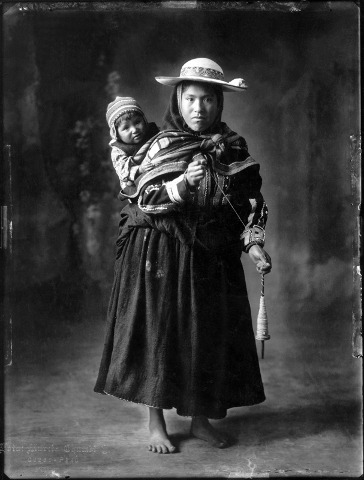
Martin Chambi
Sources:
